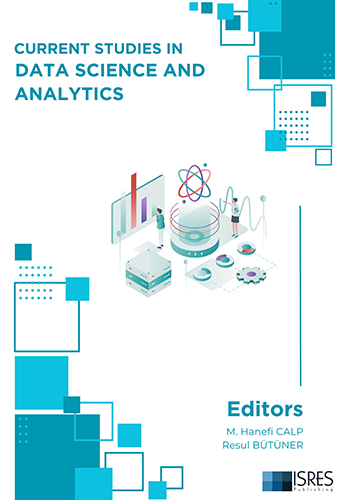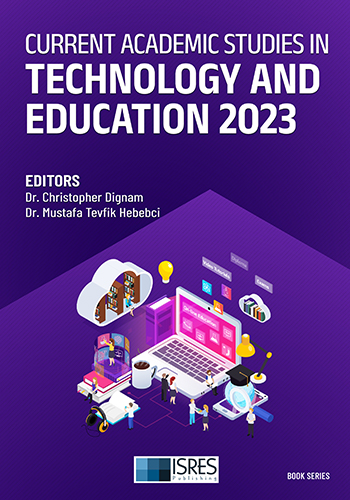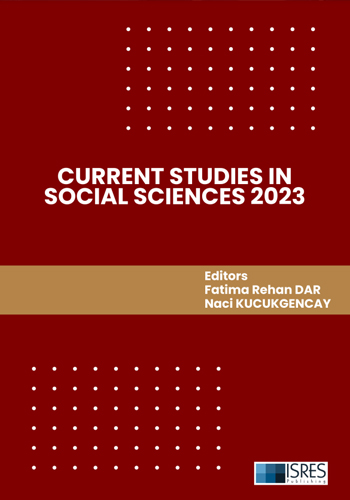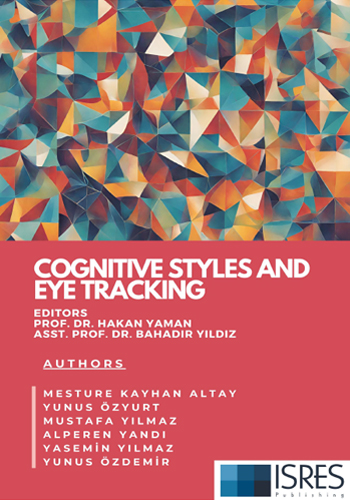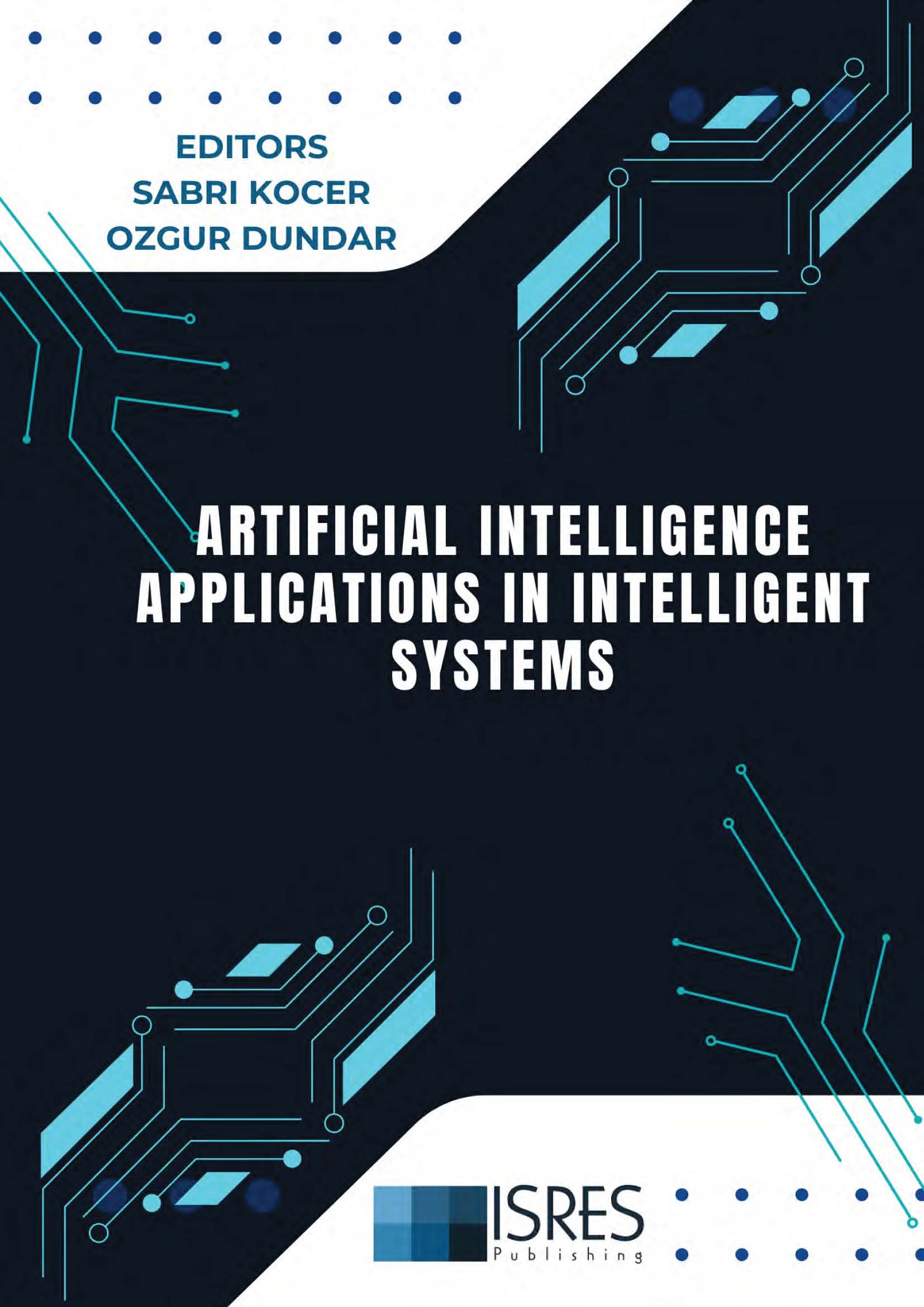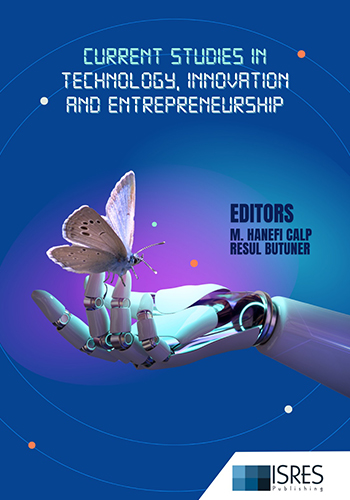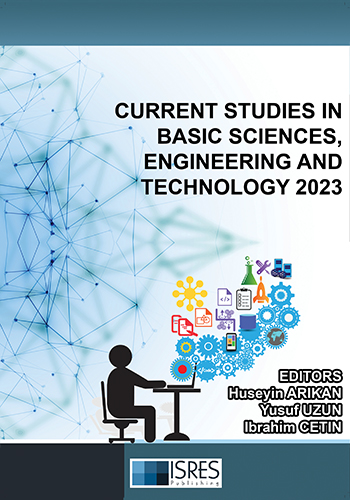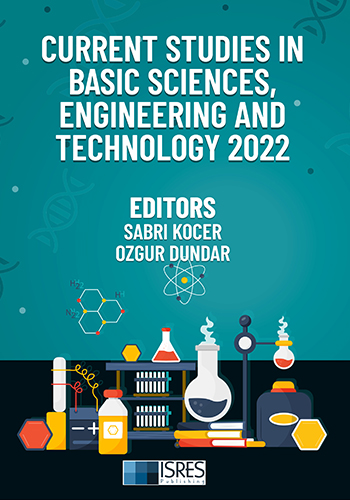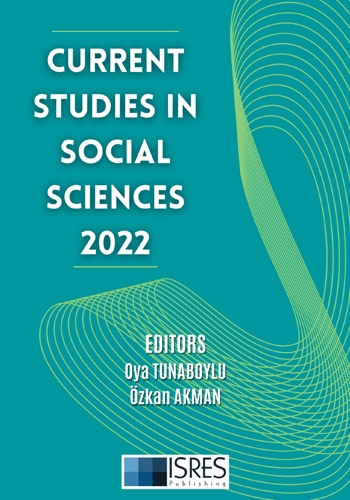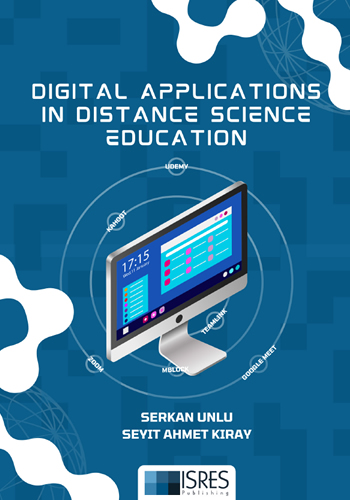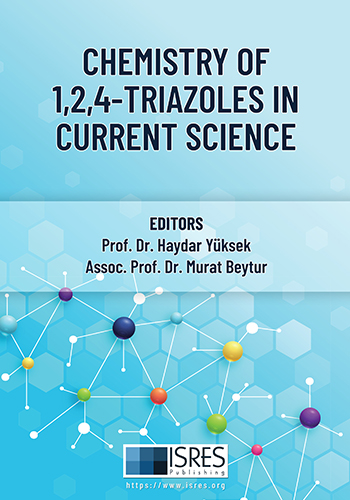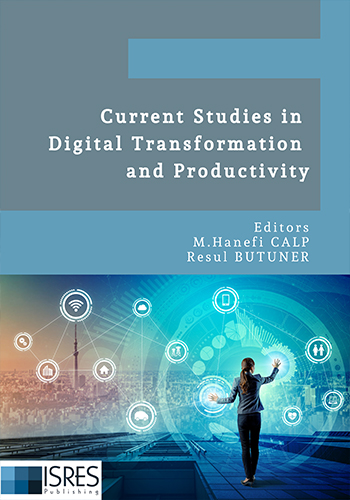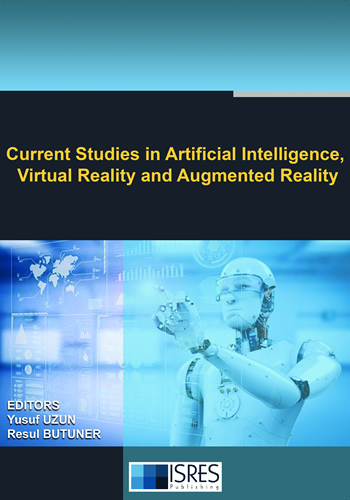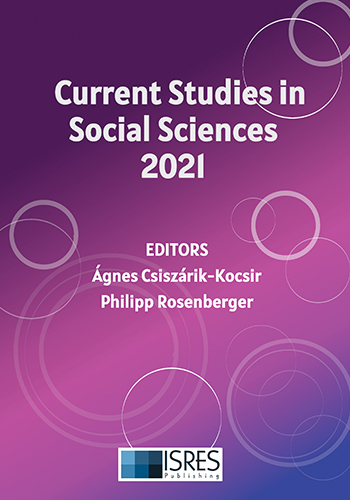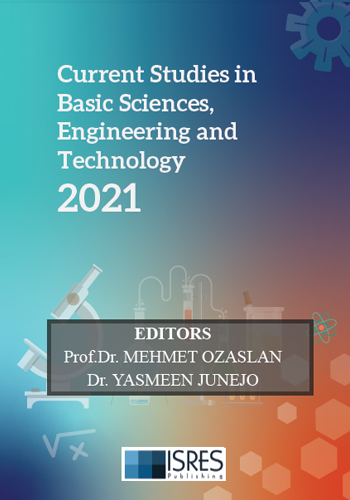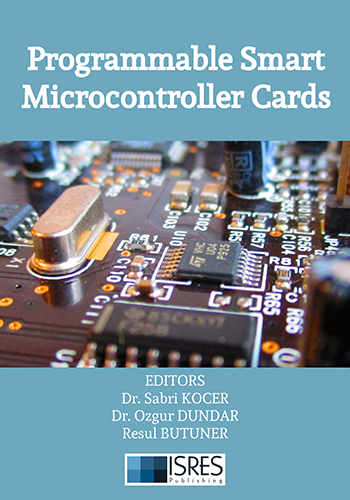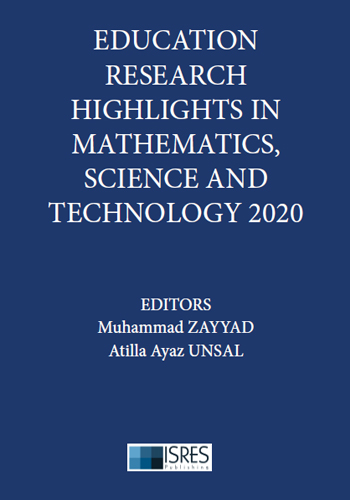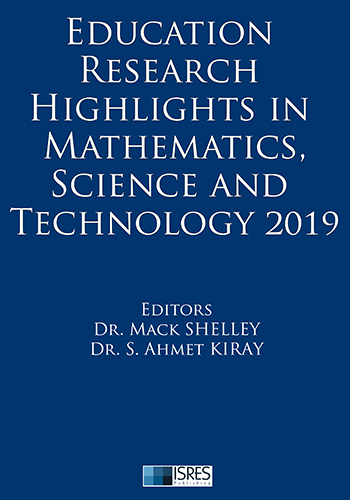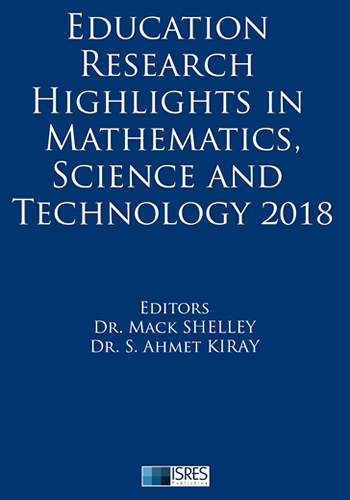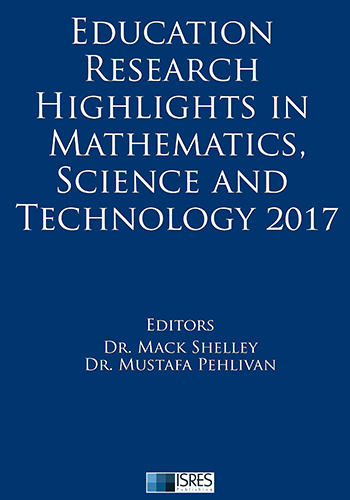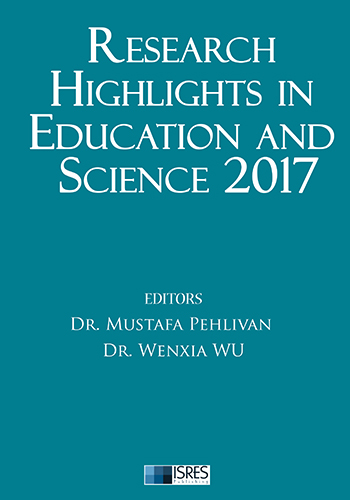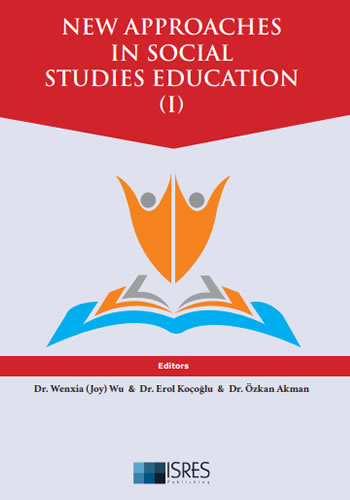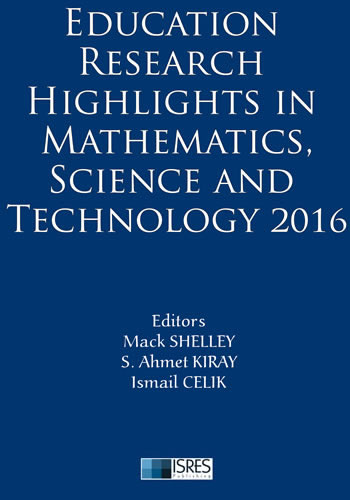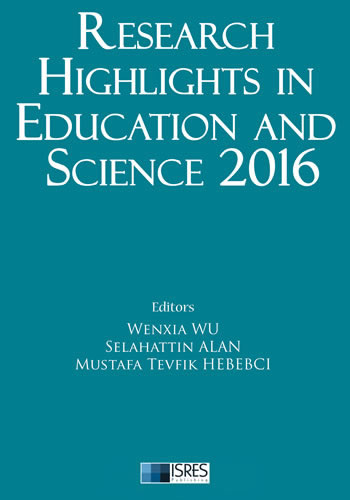In this chapter, it is mentioned that in the field of AI and data science, pattern recognition has emerged as a powerful tool for unraveling the complexities of complex data sets. This chapter delves into the core principles, techniques, algorithms, and diverse applications that underpin this transformative field. Pattern recognition empowers machines to identify and classify patterns within data. These patterns can manifest in various forms, ranging from sequential patterns like DNA sequences to spatial patterns like objects in images, statistical patterns like data distribution, rule-based patterns like medical diagnoses, and composite patterns that combine these elements. Effectively extracting valuable insights from data hinges on understanding the distinct characteristics of these diverse pattern types. Feature representation and extraction techniques play a crucial role in this process, transforming raw data into a suitable format that emphasizes relevant features for pattern identification. Classification, a cornerstone of pattern recognition, assigns data points to predefined categories. The chapter explores various supervised learning algorithms employed for classification. In essence, pattern recognition serves as a gateway to unlocking meaningful insights from data. By identifying patterns, we can gain a deeper understanding of the world around us and make informed decisions. As this field continues to evolve and refine its techniques, we can anticipate further advancements in the realm of data analysis.
Pattern Recognition: Unveiling Hidden Patterns from Data
Current Studies in Innovative Engineering Technologies
Editors: Hüseyin ARIKAN, Yusuf UZUN, Mehmet KAYRICI

767
Pattern Recognition: Unveiling Hidden Patterns from Data
Chapter Authors: Yunus Emre GÖKTEPE, Yusuf UZUN
Pages: 132-144
Other Chapters
Effects of Heat Treatments on Dimensional Tolerance
Celalettin AKYÜZ, Mevlüt TÜRKOZ
More Info Pages: 1-17
Interaction between Mechanical Surface Treatment and Tribological Performance in Sliding Bearings
Şeyma KORKMAZ, M. Hüseyin ÇETİN, Hamza ŞİMŞİR, Okan ÜNAL
More Info Pages: 18-47
Investigation of Friction Stir Additive Manufacturing (FSAM) Parameters of Aluminum Alloy
Serdar NUHOĞLU, Ahmet SAMANCI
More Info Pages: 48-62
Reverse Engineering and Additive Manufacturing Applications in Casting Technologiess
İbrahim ASLAN, Ahmet CAN
More Info Pages: 63-84
R&D Studies in the Water Slides Industry
Yusuf UZUN, Hüseyin ARIKAN, Nazmi TURKHAN, Dila YAZ
More Info Pages: 85-96
A Review of Studies on Water Ram Pump
Derviş ALTUN, Ahmet SAMANCI
More Info Pages: 97-105
Personalized Education Systems with Artificial Intelligence
Yusuf UZUN, Ahmet Eşref ARIKAN
More Info Pages: 106-119
Investigation of the Effects of Aluminium Trihydroxide Additive on Mechanical Strength of PP Honeycomb Composite Panels with Polyurethane Matrix
Mehmet KAYRICI, Hasan Hüseyin TAŞER,Ahmet Faruk DOĞAN
More Info Pages: 120-131
Pattern Recognition: Unveiling Hidden Patterns from Data
Yunus Emre GÖKTEPE, Yusuf UZUN
More Info Pages: 132-144
An Example in Innovative Engineering Education: Seydişehir Ahmet Cengiz Faculty of Engineering (SACMF)
Hüseyin ARIKAN
More Info Pages: 145-160
Investigation of Innovative Design and Engineering Approaches in Industrial Design and Product Development in the Context of Usability, Form Creation and Manufacturability through Case Studies
Mahmut Celaleddin KALELİ
More Info Pages: 161-178
Sheet Metal Formability and Formability Tests
Murat DİLMEÇ, Ahmet CAN
More Info Pages: 179-191
Smart Trash Cans for a More Livable World
Nilgün GÜRLER
More Info Pages: 192-199
Investigation of The Effect of Cross-Section Geometry on Bending And Compression Behaviour of Glass Fiber Profile Composites
Mehmet KAYRICI, Hasan Hüseyin TAŞER, Mustafa Fatih MUSLU
More Info Pages: 200-218
Budapest/Hungary Conferences - August 28-31, 2025
We are pleased to invite you to ISRES conferences, which will be held at Obuda University/Budapest/Hungary on August, 28-31, 2025. The following conferences will be held in Budapest/Hungary:...
15.01.2025
Trabzon/Türkiye Conferences - May 01-04, 2025
ISRES Spring Conferences - Trabzon/Turkiye SOCIAL SCIENCES – May 1-4, 2025, Trabzon, Türkiye * 5th International Conference on Social Science Studies - IConSoS2025 ...
11.12.2024
Peja/Kosovo Conferences - July 10-13, 2025
We are pleased to invite you to our conferences, which will be held at University of Peja Haxhi Zeka on July, 10-13, 2025. The following conferences will be held in Peja/Kosovo: - 7th Internat...
28.11.2024






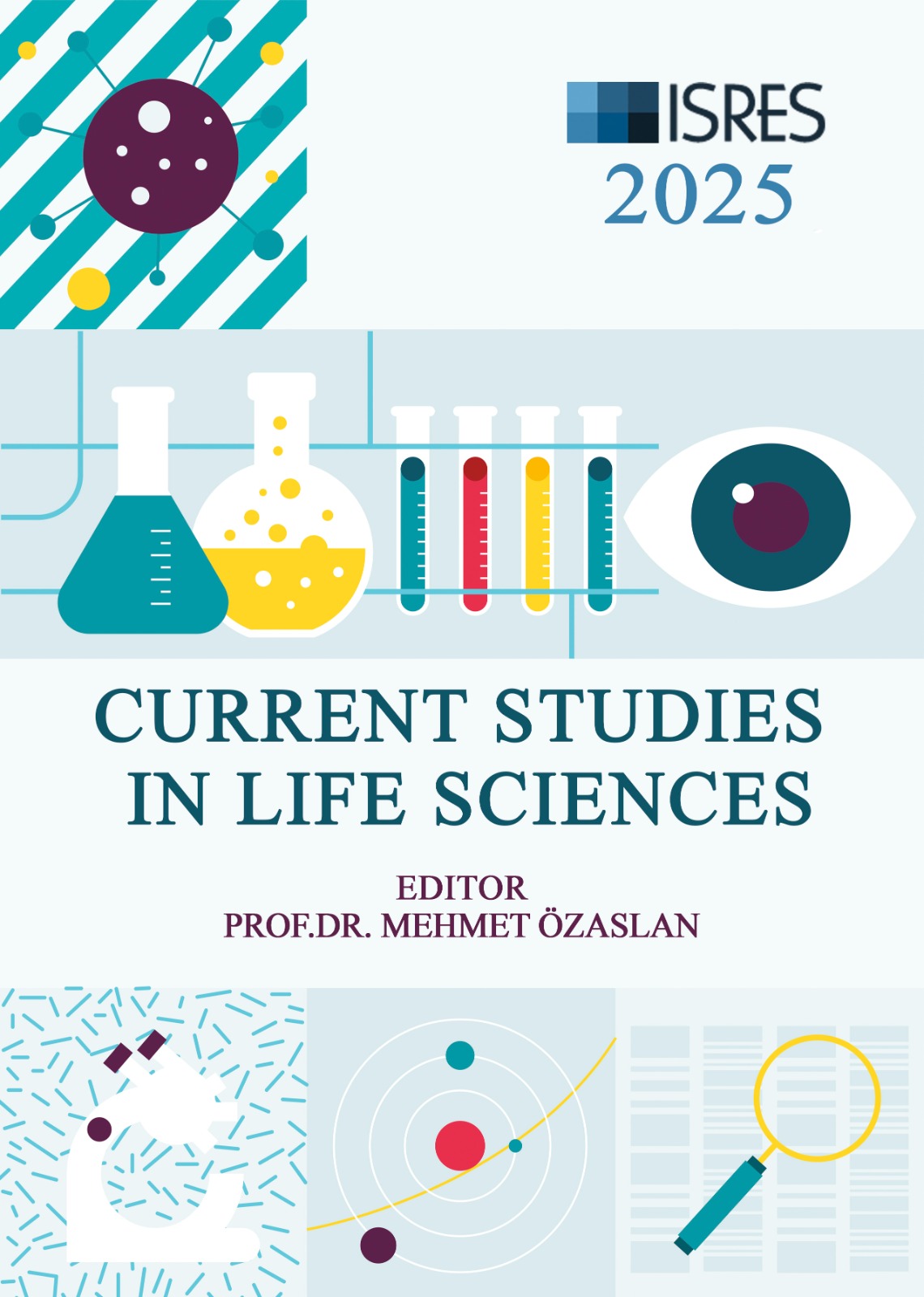
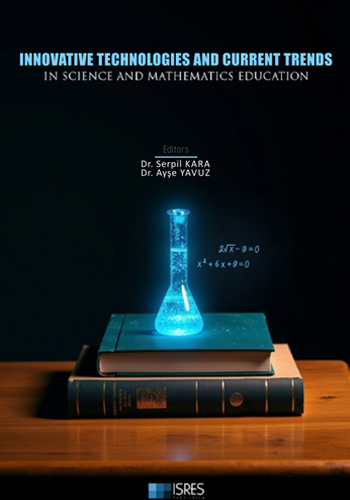





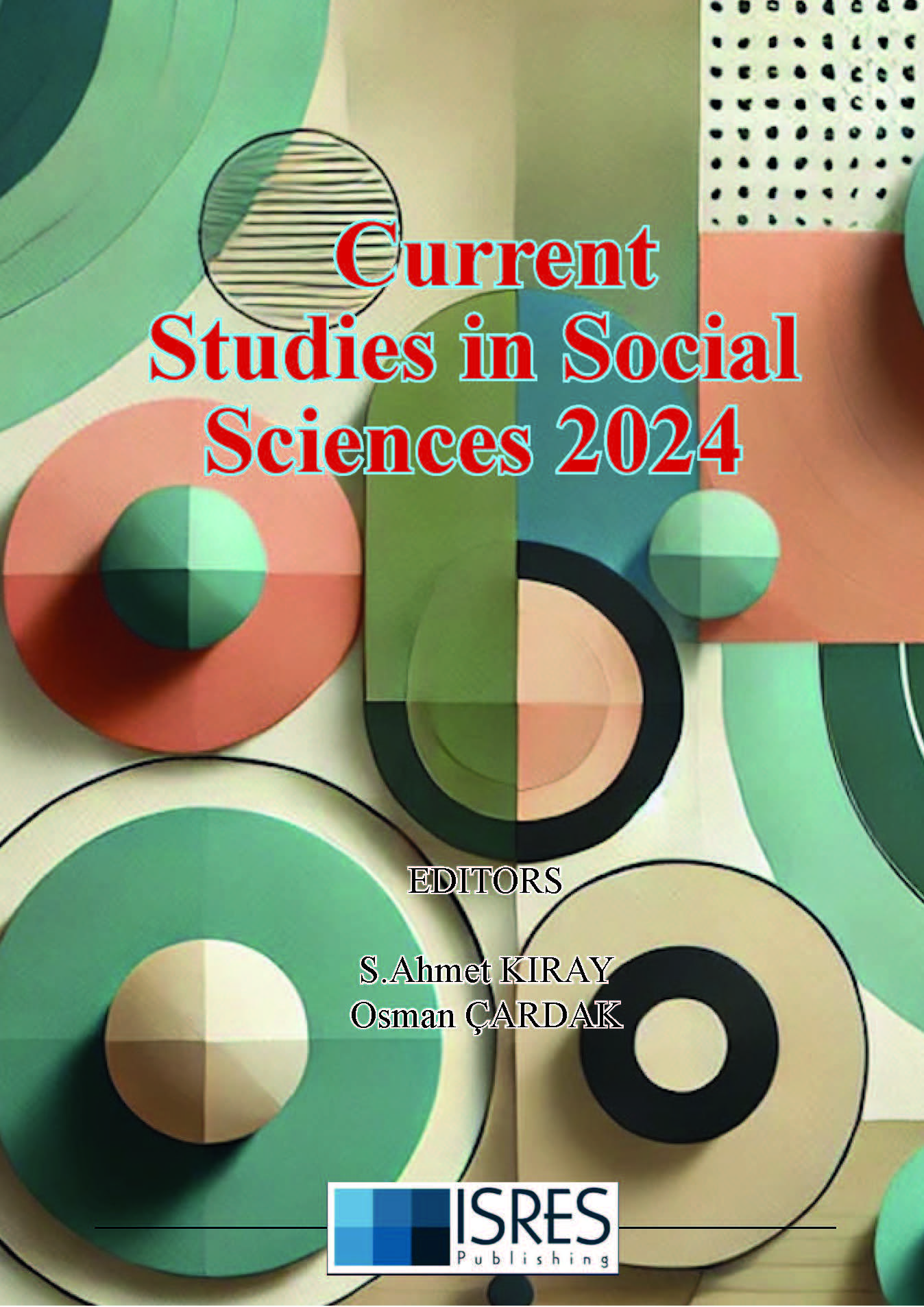
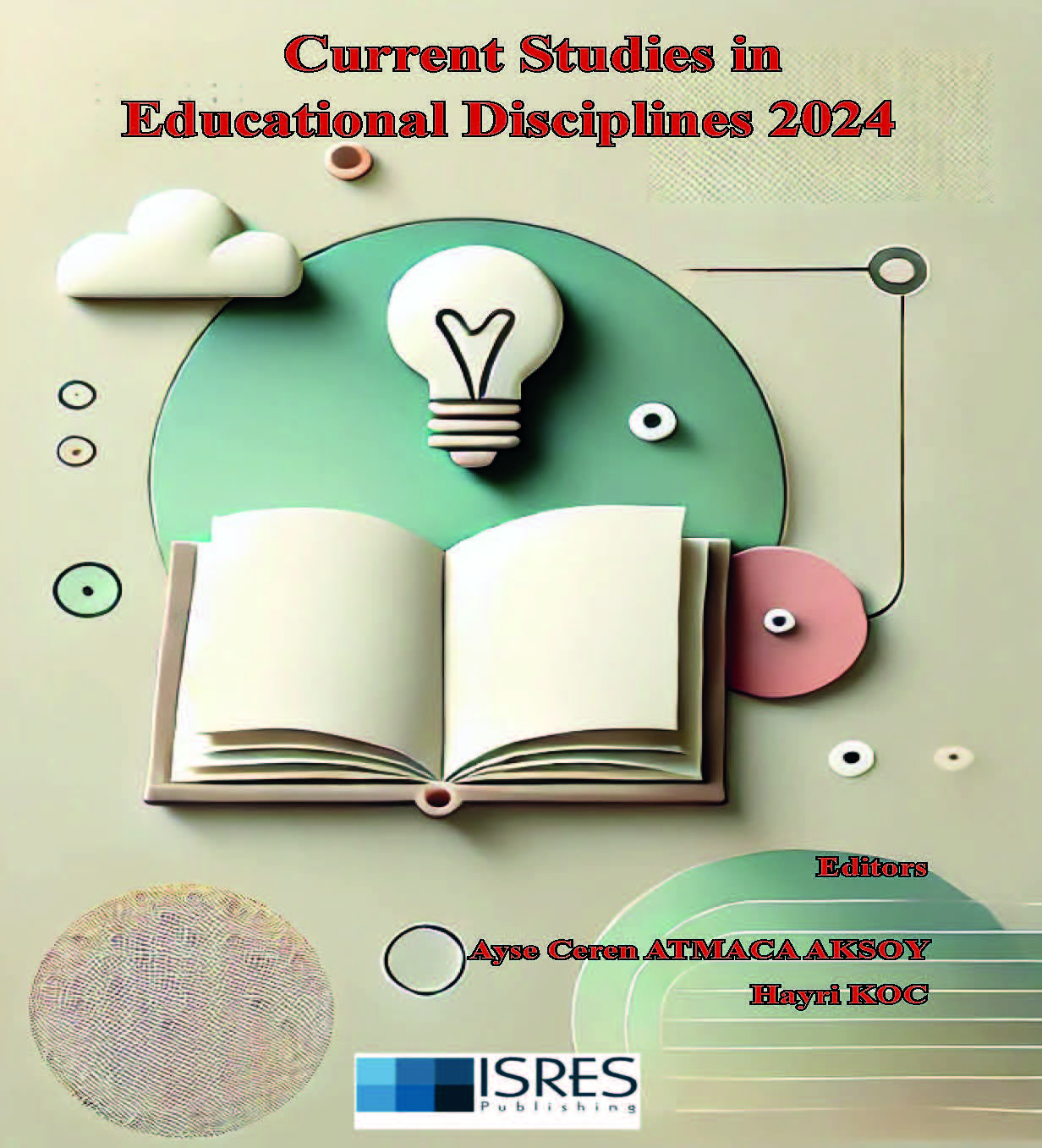

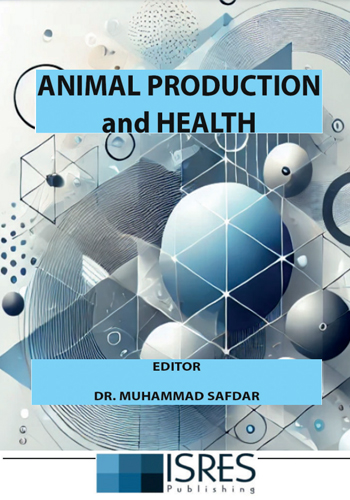

 (1)_16-12-2024.jpg)


_29-12-2024.jpg)
 (1)_01-01-2025_10-03-2025.jpg)
_01-01-2025.jpg)

